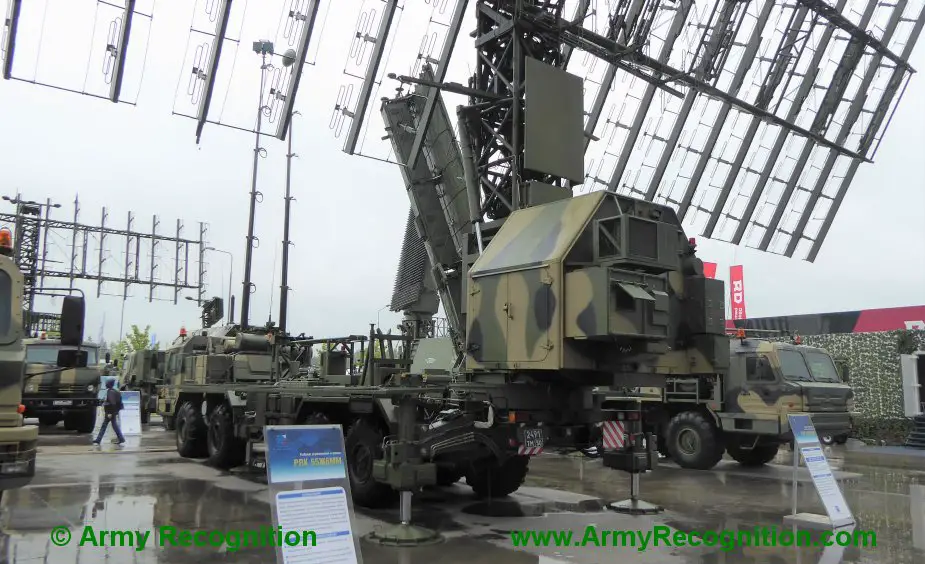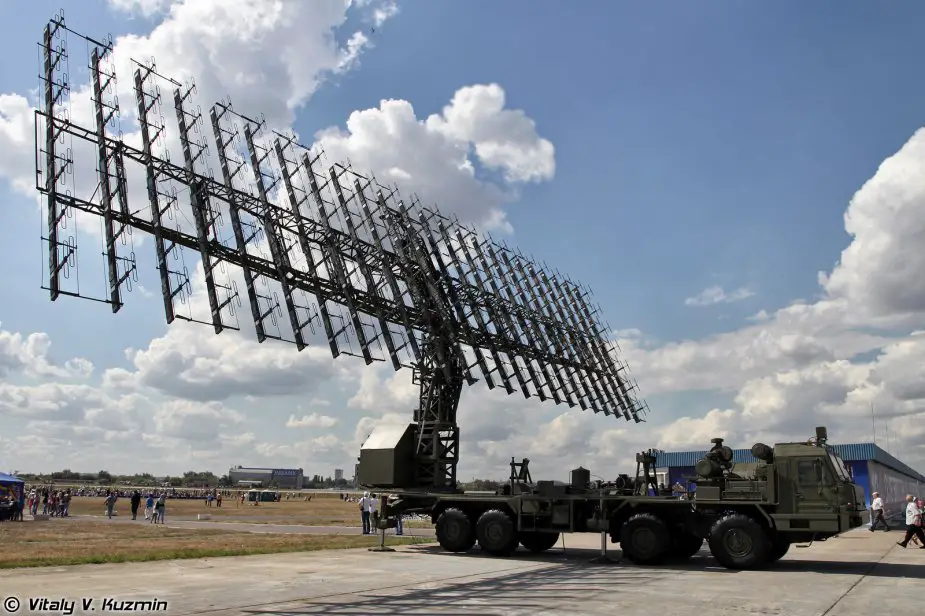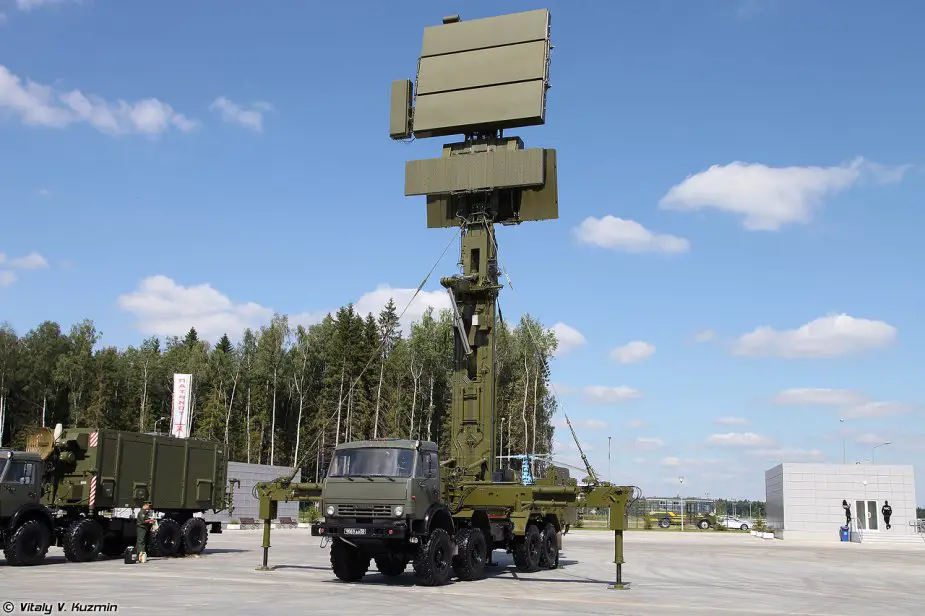Breaking news
Nebo-M and Podlet radars deployed in Russian Far East.
The Russian Defense Ministry completed the deployment of the latest Nebo-M and Podlet radars in the Far East. Now the air defense can detect aircraft, drones, cruise missiles and hypersonic craft at a distance of hundreds of kilometers. The target data will be transmitted in real-time to launchers. The air defense has been reinforced by Fundament-M automatic control system. Experts said the single radar shield previously existed only in Crimea, the Izvestia daily writes.

Nebo-M component RLM-M radar (Picture source: Army Recognition)
Russian Defense Ministry sources said the new radars were supplied to a brigade in the Far East. They were previously deployed in Crimea. Nebo-M was supplied there in early 2018.
Modern radars and air defense have always been supplied to border areas to monitor the neighbors and prevent a surprise strike, expert Vladimir Anokhin said. "The situation in the Far East is not quiet. The United States plays a major role in the region. It keeps military bases in Japan, South Korea and other Asian countries to interfere in their affairs. The USA often makes sharp statements against China. The situation will hardly change. The Americans have been investing huge money in their bases for half a century and are not going to withdraw. The USA and Japan held the latest joint exercise last year," he said.
The delivery of new radars to Crimea and the Far East confirms the strategic significance of the directions for national security, he added.
The new hardware will saturate the radar field in the Far East, former Air Force Deputy Commander for CIS air defense Lieutenant-General in Reserve Aitech Bizhev said. "It is a scheduled and necessary replacement. The new radars detect targets in a broad range of altitudes. Low-altitude speed craft, cruise and hypersonic missiles cannot hide from them. The automatic control system in charge of rapid collection and processing of information is the backbone of modern air defense. At, present, air defense units operate in single information space and exchange data between command posts and units electronically and in real-time. It is necessary for proper operation of modern air defense," he said.
Today it is impossible to transmit target coordinates by telephone, as they previously did. The adversary will complete his combat missions and escape while the talk lasts. Nebo-M and Podlet are highly mobile and can be delivered to the necessary place by warships or airlifters, Bizhev said.
The new generation of radars operates the Russian element base and uses phased array technology. Designers said it increases the capabilities and simplifies maintenance.

Nebo-M component RLM-M radar (Picture source: Vitaly Kuzmin)
Nebo-M can detect aircraft and ballistic missiles at a distance of one thousand kilometers. Air and hypersonic targets are detected at 600 km which is twice above the range of previous generations. Stealth technologies pose no problem for the new radars. The Defense Ministry said radar troops would receive at least twenty units of the hardware by 2021.
Podlet complements Nebo-M by detecting small targets at low altitudes of dozens and hundreds of meters. The main mission is to detect and track massive cruise missile strikes, as well as aircraft which try to break through the air defense at low altitude. The radar reliably operates in passive and active jamming. It was designed for interaction with the latest air defense and can provide guidance to S-400.
Fundament-M is carried by one vehicle in contrast to predecessors. It analyzes information from various radars and produces a single real-time picture of the airspace, the Izvestia said.

48Ya6-K1 Podlet-K1 radar with command vehicles (Picture source: Vitaly Kuzmin)
© Copyright 2020 TASS / Army Recognition Group SPRL. All rights reserved. This material may not be published, broadcast, rewritten or redistributed.


























